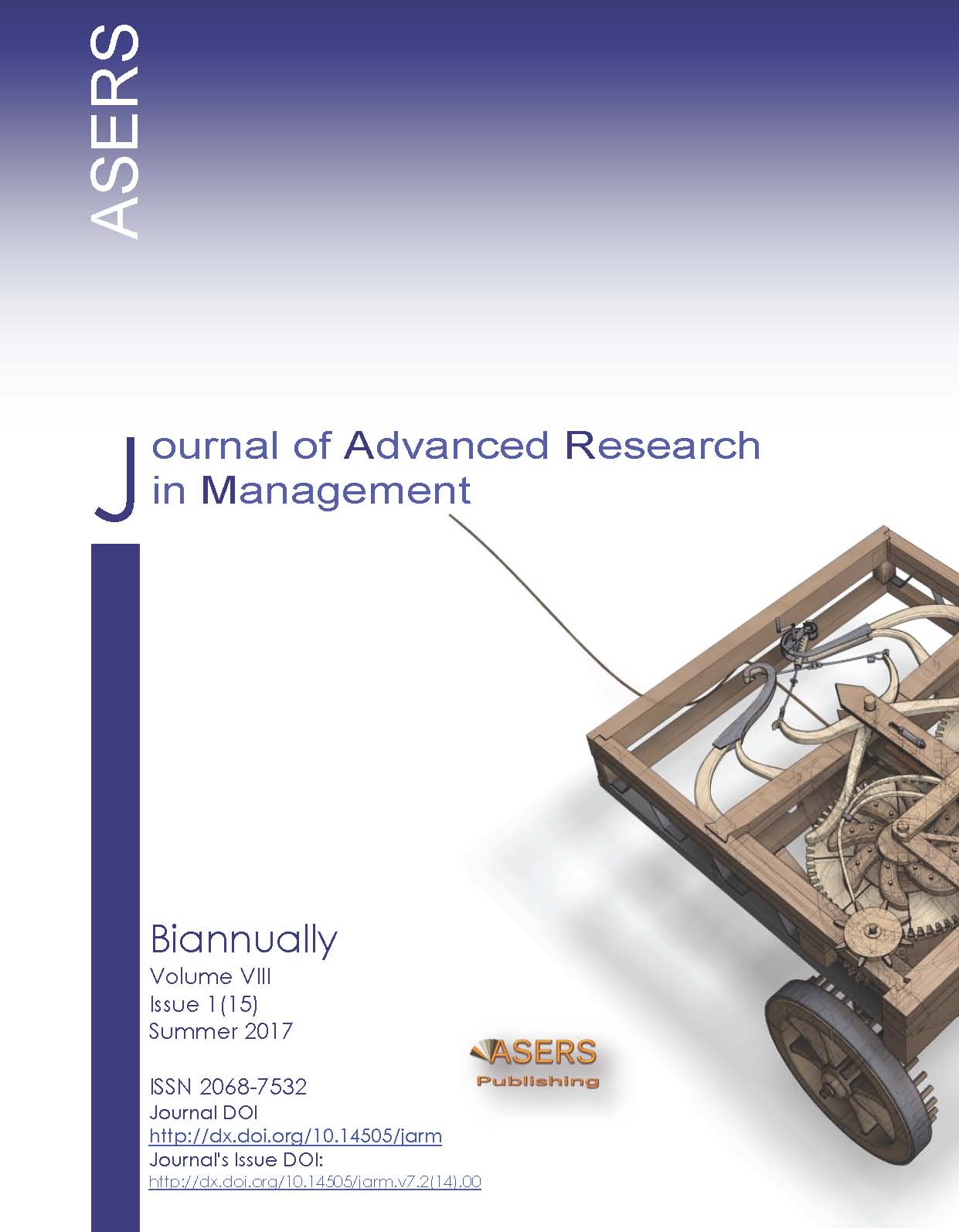Multi-Product and Multi-Region Marketing
Multi-Product and Multi-Region Marketing
Author(s): Tri WidodoSubject(s): Economy
Published by: ASERS Publishing
Keywords: constant market share; multi-product; multi-region; marketing
Summary/Abstract: Firms could position themselves to compete within the same industry in different ways. They try to get their competitive advantage, which is defined as the ability to earn a higher rate of economic profit than the average of economic profit of other firms competing within the same markets (Besanko et al. 2013). Michael Porter (1980) coined generic strategies for firms to compete in the markets they serve, i.e. cost leadership, benefit leadership, and focus. Besanko et al. (2014) noted three possible how it could happen in three different ways: (1) the cost leader can get the benefit parity by producing products with the same benefit (B) but at lower cost (C); (2) the cost leader can get benefit proximity, which involves offering a benefit (B) that is not much less than those of competitors; (3) the cost leader might offer a product that is qualitatively different from that its competitors. Benefit and Cost leadership closely relates to the crucial issue of how the firm will create the higher competitive advantage or economic value created compared to its rivals. The other important issue is where to create higher economic value. More specifically, will the firm seek to create economic value across broad of regional markets segments (broad coverage strategy), or will it focus only on narrow set of segments (focus strategy)? Yet, Porter (1980) had not given any mathematical formula to analyze the performance of sales which is related to the strategic positioning. Therefore, firstlythis paper is addressed to derive a mathematical formula for analyzing the performance of sales in the cases of multi-product and multi-region. In the real all markets, now a firm could produce more than one product (multi-product) and sell the products in more than one markets (multi-markets). It is very useful for the firms to know the determinants of the changes of their sales. Are they affected by the products or the markets? The mathematical formula derived in this paper offers the answer. Every firm needs this information to formulate the suitable markets policies or strategies. For sure, the mathematical formula requires detail information on sales by products, markets and competitors. Secondly, due to the unavailability of empirical data, the formula is simulated by using hypothetical data.
Journal: Journal of Advanced Research in Management (JARM)
- Issue Year: VIII/2017
- Issue No: 15
- Page Range: 61-85
- Page Count: 25
- Language: English
- Content File-PDF

